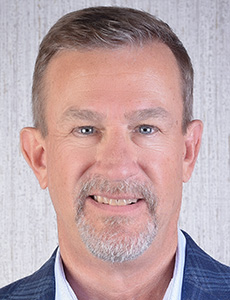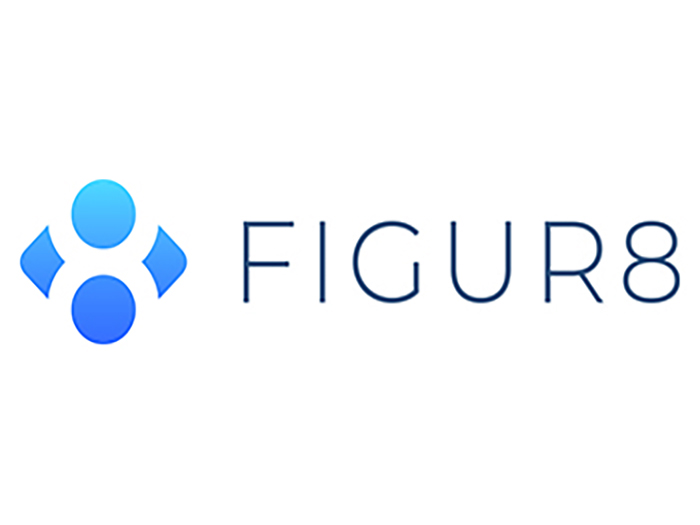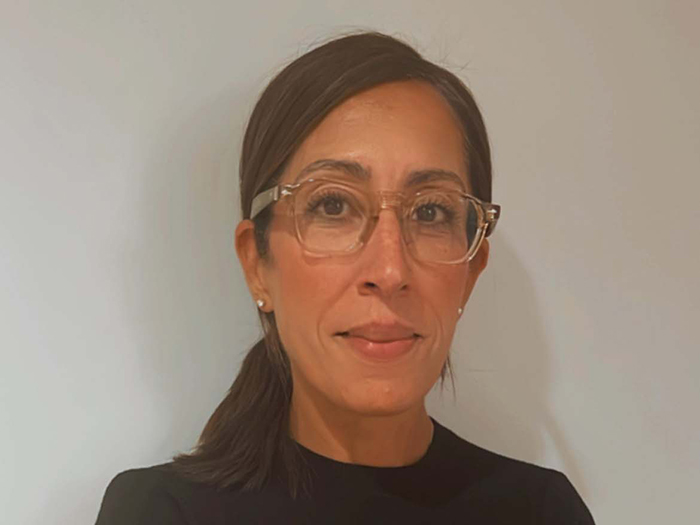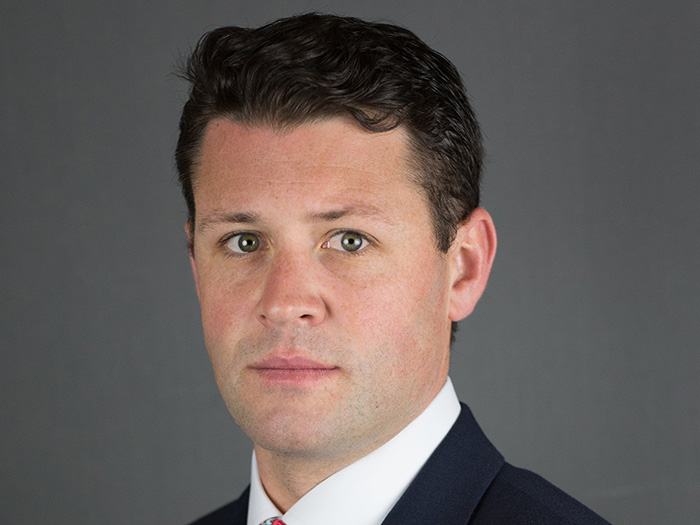How One Broker Took On the Challenge to Safeguard Student Mental Health Amid a Global Crisis

When Terry Lyons first began his career after graduating from Texas Tech University, his focus centered on the health care sector. His career, which had roots in the public accounting sphere, made an eventual change, which placed Lyons in an insurance company that specialized in providing health insurance to college students.
“[Within] the insurance company, I learned about insurance benefits, underwriting compliance and operations, and also customer service,” Lyons said.
In 1998, Lyons’ employer started selling academic health plans, which jump-started his involvement in the higher education space. Here, he was able to home in on his brokering philosophy and how he wanted to interact with clients: “My theory was to listen to the client and their health care needs, rather than working [to accomplish] what the insurance company wanted the client to need. I wanted to make a difference and provide services that the larger insurance companies were missing.”
Now, Lyons serves as the national education practice leader for Risk Strategies. And while he stumbled into an insurance career, like many professionals do, he’s always felt drawn to the higher education sector.
“I think what’s kept me staying in this space is the challenges and the ever-changing health care field, combined with the education field,” he said. “Between state and federal legislature, the economy and the pandemic … it’s never boring.”
Prioritizing Mental Health
In recent years, especially during the pandemic, mental health has become a top concern for all of humanity — especially young people. Mental health hurdles became especially pertinent for young people in school.
“We’ve seen a tremendous increase in the need for virtual, medical and behavioral health services across the country, especially in colleges and universities,” Lyons noted. “This need increased substantially during the pandemic.”
Pandemic-induced shutdowns were widespread and included university health centers, where students could seek help if they were suffering mentally.
Coupled with this increased need for resources was what Lyons referred to as “a significant provider shortage in the mental health space in the U.S.”
During this time, students could experience a wait time of days, even weeks, for an appointment regarding their mental health. And when a student is having a mental health setback, “that’s when [they] really need [services] the most,” according to Lyons.
Additionally, Lyons noted that because of the range of populations within a university — from undergraduate to graduate and domestic to international — the mental health resources needed will differ compared to those used by the general population.
Implementing Resources
Lyons knew that mental health services and resources were an essential component of university students’ wellbeing.
To start, Lyons and his team conducted research tests among their clients to truly listen to the universities’ needs and gauge exactly what was necessary to address student mental health. Then, Lyons said, he and his team were able to “create a cost-effective, custom digital behavioral health solution that could be rolled out to the entire student body.”
The solution, which became available in the spring of 2020, was accessible on mobile devices, laptops, computers — any digital device. Students were able to “access a large, diverse network of providers [while] also getting appointments within a couple of days,” per Lyons.
“We were able to roll that out as quickly as in a few weeks,” Lyons said. “The solution provided immediate relief and had a major impact on the health and wellbeing of college students.”
The seemingly immediate availability of these resources was not accomplished without its fair share of challenges, according to Lyons. For one, rolling out this type of service in the early days of the pandemic produced hurdles in communication — both within the market and with university students.
“With all students online and displaced a bit, communication of the program was difficult,” Lyons said.
Another challenge was the diversity of the student population, which Lyons had noted as a catalyst for the original need for mental health resources on campuses. Ensuring that the resources contained different languages, if needed, was another imperative challenge to address.
But the largest issue for Lyons was the shortage of mental health providers, as well as ensuring “access to high-quality care.” However, Lyons said, the lack of mental health providers has since decreased, which has been a win for the virtual care world.
Access to Care
Lyons’ commitment to affording students access to quality care has produced optimal results. But what means more to Lyons is this: If they had not had access to the online behavioral resources, 60% of students surveyed said they would not have exercised any other options to address their mental health struggles.
“I think this tells us that the programs are being utilized, and [perhaps] it’s a more comfortable entry point for students to access these services virtually.”
He continued, “It’s always great to hear from a client regarding a student’s success story and how their wellbeing has improved. Providing that service and hearing feedback is what keeps us going.” &











